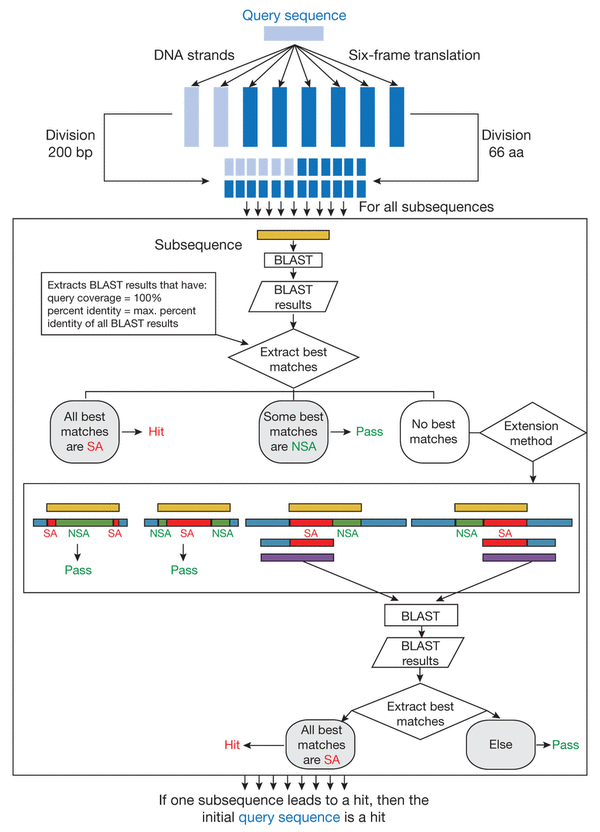There are sand dunes that make sounds that have been variously described as shouting, humming, singing, moaning, roaring, drumming, thunder, and more. The most poetic description of the phenomenon comes from Marco Polo (from a 2008 article by Bradley Hope in the New York Moon [http://www.nymoon.com/pubs/desert/singingsand/]),
Marco Polo wrote during his journey through the Desert of Lop that “it is asserted as well-known fact that this desert is the abode of many evil spirits, which amuse travellers to their destruction with most extraordinary illusions.” These spirits, or djinn, “at times fill the air with the sounds of all kinds of musical instruments, and also of drums and the clash of arms.”
There are 30 such spots in the world that feature the ‘singing sands’ and scientists are trying to figure out why. From the article by Hope,
Singing sand tends to be found in amphitheatre-shaped dunes on the steeper side that faces away from the wind. In Arabic, it is called za’eeq al raml, or “the shouting sand.” It starts as you walk over the edge of the crest, a swelling hum that picks up with each step. Before long the face of the dune is a single, vast musical instrument made up of millions of tumbling granules. The sand even quakes near your footsteps like the rapids on a river.
“It’s this wonderful symphony of sands,” said Farouk El-Baz, a scientist who helped design the Apollo missions in the 1960s. “It’s one layer of sand slipping over another. The grains touch each other in motion.”
There’s a little more detail and a 6 minute video at the March 30, 2011 posting by GrrlScientist on the Punctuated Equilibrium blog (http://www.guardian.co.uk/science/punctuated-equilibrium/2011/mar/31/1),
To “boom”, a sand dune must be at least 150 feet high, it must have loose, dry sand with a uniform particle size on its surface with a harder, moist layer of sand underneath that acts as a resonating chamber, and of course, it must produce a note that is within the range of human hearing — which makes me suspect that if humans had better hearing, we’d hear even more singing sand dunes. If this is the case, I’d guess that animals can hear more singing sand dunes than humans can.
Here’s a 30 second video snippet that features the sound the sands make,
The video at Punctuated Equilibrium features the scientist doing the research by the seat of their pants. Yes, they slide down the dunes so they can hear the singing and take measurements.
